
How can equipment manufacturers and innovators ensure their products are safe, sound and functional?
How can equipment manufacturers and innovators ensure their products are safe, sound and functional?
"The projected increase of vehicle connectivity has substantial implications for equipment manufacturers."
Monday, March 25, 2019
As the world and the needs of its occupants evolve, so too do the requirements for wireless automotive technologies.
The introduction of Industry 4.0 and other IoT and wireless communications technologies has resulted in a new age for technological innovations. This has been especially prevalent in the automotive industry, where cutting edge wireless technologies have been on the rise in response to consumers’ demand for new automated and connected mobility solutions.
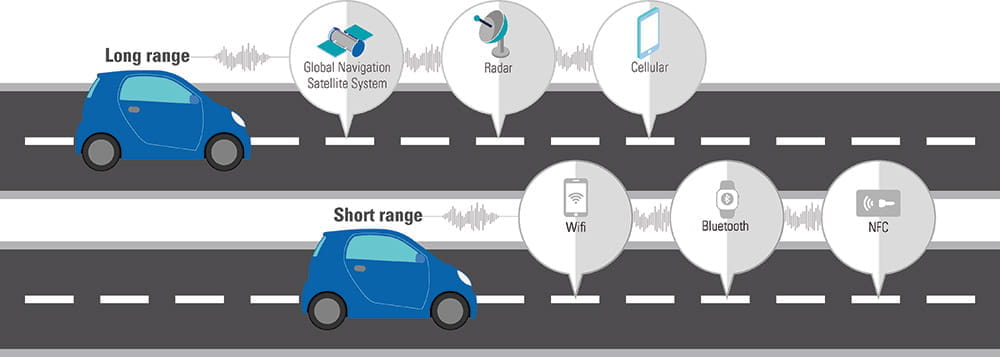
Autonomous vehicles are being touted as the next step for the automotive industry; however, the future of autonomous and connected vehicles will rely heavily on wireless technologies for device communication and to ensure road safety. Even now, driver assistance functionalities are already appearing in many new cars, offering features such as assisted parking, driver monitoring and emergency braking systems; as it is, the modern car is estimated to have the computing power of 20 personal computers, featuring around 100 million lines of programming code and up to 25 gigabytes of processed data an hour, largely focussed on optimising internal functions.
To operate effectively, autonomous cars must be capable of communicating within the vehicle (such as with essential internal systems and non-essential features such as entertainment systems and car phones), with external surrounding infrastructure, with devices owned by other road users, with other vehicles, and with other cloud-based networks.
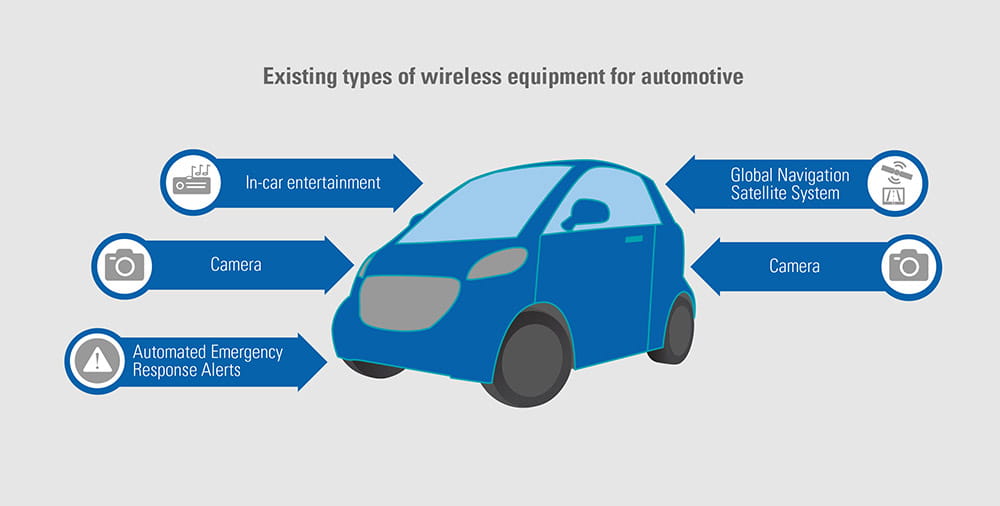
The projected increase of vehicle connectivity has substantial implications for equipment manufacturers: in 2020, the projected value of the global market for connectivity components and services is expected to rise to €170 billion, up from just €30 billion in 2014.
To meet rising demand, equipment manufacturers and innovators have to work hard to develop and adapt to new technologies, and to ensure their products are safe, sound and functional.
As with many other production and manufacturing sectors, wireless equipment must be created to align with certain standards in order to trade within the borders of certain blocs and countries. The issue comes with the fact that these standards are largely non-harmonised due to the fact that each trade bloc or standalone country has their own opinions on what necessitates a safe and functional unit.
These requirements often overlap and are not mutually exclusive.
Every government heavily regulates the wireless equipment entering their countries; simply buying and utilising certified chips is not usually enough to ensure regulatory compliance. Europe has a Radio Equipment Directive (RED), which establishes a regulatory framework for placing radio equipment on the market. The United States of America has a Federal Communications Commission (FCC). And OmniAir offers industry-specific certification for connected vehicles, intelligent transport systems (ITS) and transportation payment systems.
With so many different regulatory boards to keep up with, along with evolving requirements, many equipment manufacturers find themselves facing challenges while attempting to get their product certified. Big enterprises often find themselves facing exorbitant costs in their pursuit of certification, while smaller new entrants to the market frequently find themselves in need of specific expertise to help them succeed.
Diligence early on in the process can mean the difference between success and expensive failure. As a certified third-party agency with global network and experience, TÜV SÜD is well-equipped to support wireless equipment manufacturers and stakeholders with all their certification and testing needs, offering unmatched years of experience in dealing with the regulatory bodies of numerous countries and key trade blocs.
At this time, TÜV SÜD provides FCC, IC, EU and GMA compliance testing for Wireless, EMC and Safety requirements. TÜV SÜD’s experts are also capable of offering TCB and Notified Body services, giving equipment manufacturers and related stakeholders a one-stop source for all their certification and testing needs.
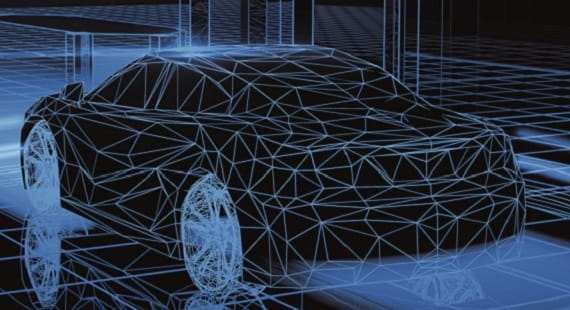

Gear up for safety and success in the automotive & transportation industry.
Learn more
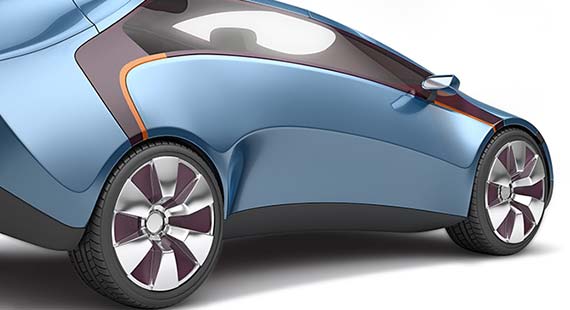
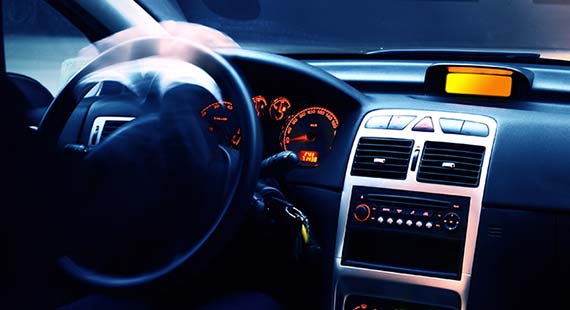
Site Selector
Global
Americas
Asia
Europe
Middle East and Africa